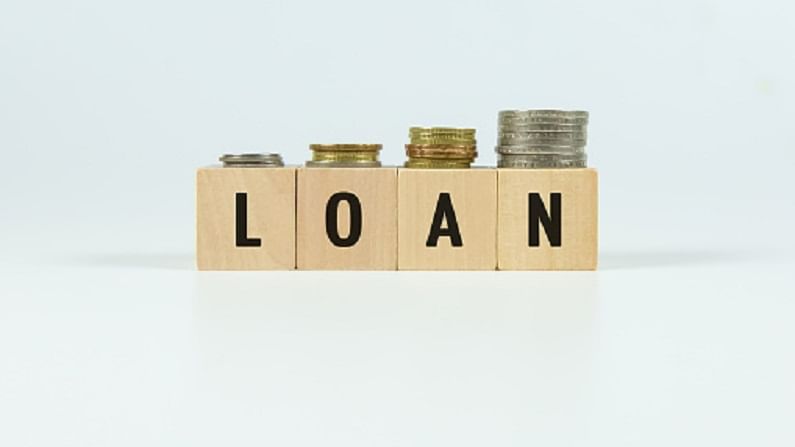NBFC bad loans likely to see a spike as RBI tightens guidelines
Assets categorisation norms brought on par with norms that govern banks

The Reserve Bank of India (RBI) has brought guidelines on NBFC assets categorisation on par with the norms that govern banks.
The new rules, which will be effective March 2022, are likely to see a rise in bad loans, according to a The Times of India report.
For uniformity in norms regarding income recognition, asset classification and provisions (IRACP) pertaining to advances across all lending institutions, certain aspects of the guidelines are being clarified and/or harmonised, which will be applicable to all lending institutions, the Reserve Bank of India (RBI) said in a circular.
NBFCs have been upgrading NPA accounts if the defaulter resumes repayments, unlike in banks where the defaulter has to pay pending principal and interest for coming out of NPA status.
With tightening of the upgrade for NBFCs, there could lead to a rise in bad loans, the Times of India quoted ICRA VP Anil Gupta as saying.
Another key change in guidelines is that lenders will have to classify borrower accounts as overdue according to their day-end process.
Many banks follow a practice wherein a loan is classified as default if the money is not received by the due date. But if the borrower repays two three days after the due date, the account would be upgraded.
The report has quoted bankers as saying that if the same-day default rule is applied there would be a lot of defaults. About a third of borrowers don’t have enough balance on the due date, they said, adding that this is reflected in the 31% bounce rates in auto-debit payments.

